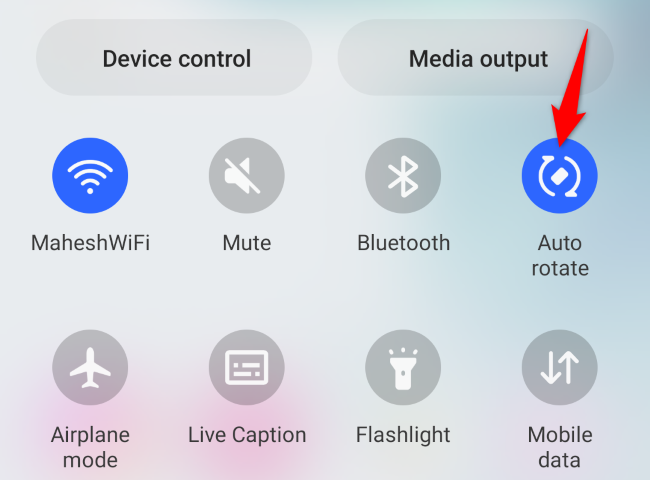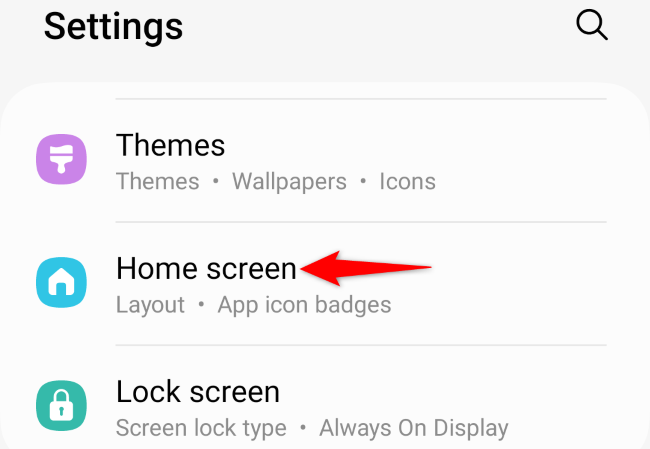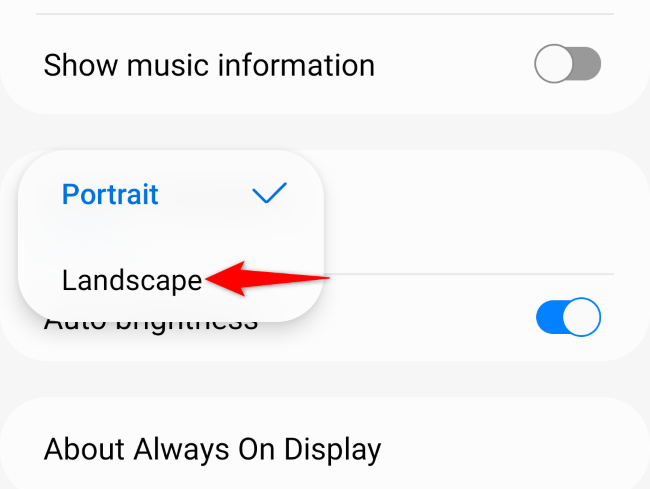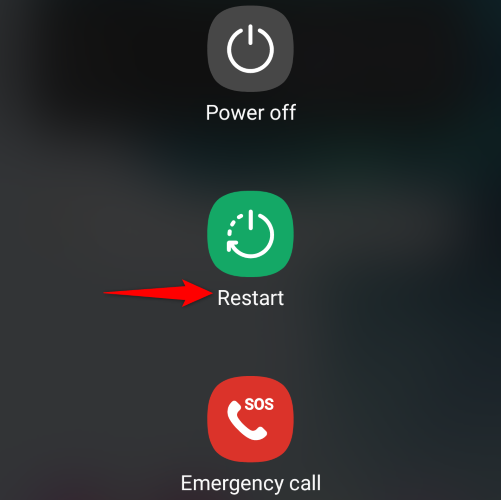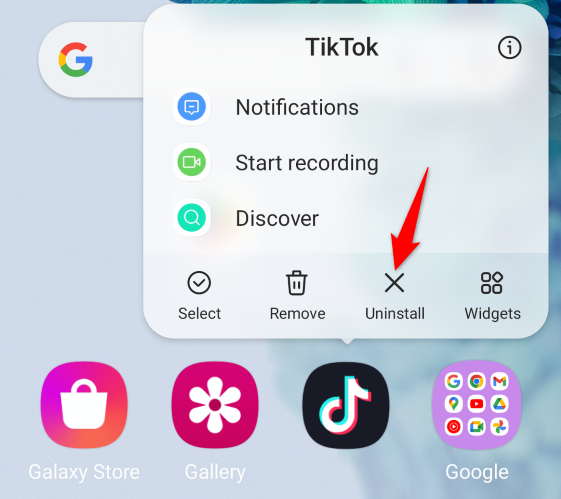
Unlock the Full Potential of Your Android: Time to Fix Screen Rotation Issues!

Discover quick solutions to fix Android screen rotation issues! Enable auto rotate, make your home screen rotatable, troubleshoot touch screen interference, remove phone case, restart device, calibrate touchscreen, and uninstall recent apps for a smooth experience
Key Takeaways
Enable the auto rotate option in your Android phone's settings to ensure that your screen automatically rotates when you turn your phone sideways.
To enable the rotation of your phone's home screen, simply turn on the rotation option on the home screen. Please note that the instructions may differ based on the model of your phone.
If your screen continues to remain still, ensure that you are not touching the screen while attempting to rotate it. Additionally, consider removing your phone's case as it could potentially cause compatibility or functionality problems.
Enable the Auto Rotate Option
: Troubleshooting Screen Rotation Issues on Android DevicesIf your Android phone's screen doesn't automatically rotate, it is likely because the auto-rotate option is disabled. Enable the feature to allow your phone to automatically rotate all on-screen content. On almost all Android phones, you can activate this option by pulling down the screen twice from the top and selecting "Auto Rotate."
Depending on your model and settings, you may have to swipe left to see the auto-rotate button.
After activating the feature, open an application on your mobile device, and observe as the orientation of your screen adjusts accordingly. However, if the auto-rotate function was already activated, please proceed with the following troubleshooting solutions.
Make Your Phone's Home Screen Rotatable
Most Android phones do not automatically rotate the home screen, even when the auto-rotate option is enabled. To enable home screen rotation, you can toggle on the specific option in your phone settings. The procedure for this may differ depending on the model of your phone. Here, we will provide instructions for both Samsung Galaxy and Google Pixel phones.
Samsung Galaxy
To enable home screen rotation on a Samsung Galaxy phone, first launch the Settings app. In Settings, select "Home Screen."
On the "Home Screen" page, turn on the "Rotate to Landscape Mode" option.
Afterward, return to your home screen and rotate your phone sideways. The screen will automatically switch to landscape mode.
In order to enable the landscape orientation for the always-on screen on your phone, navigate to Settings, then go to Lock Screen and select "Always On Display." Finally, tap on "Screen Orientation" and choose "Landscape."
Google Pixel
Though the always-on display on a Pixel cannot be rotated, the home screen can still be made rotatable. To do this, begin by tapping and holding on the home screen until the pop-up settings menu appears. Next, tap on "Home Settings."
Scroll until you see the toggle for "Allow Home Screen Rotation," and tap it to enable it.
Make Sure You Aren't Touching Your Phone's Screen
If you have enabled all the rotation settings on your phone, yet the screen does not rotate, please ensure that you are not touching the screen while attempting to rotate it. It is important to remember that your phone locks the screen orientation when your finger is placed on it.
To avoid this, ensure that your fingers are not touching the screen while rotating it. Exercise caution around the screen edges as inadvertent touches may occur.
Remove Your Phone's Case
If your phone's screen rotation isn't functioning while using a case, it is possible that the case is either incompatible with your model or damaged. Such circumstances can result in the case making contact with specific areas of the screen, hindering its ability to rotate.
To confirm this, remove the case from your phone and tilt it sideways. If the screen rotates as expected, then your case is to blame. In such a scenario, you have the option to troubleshoot and repair the case or obtain a new one that is compatible with your device.
Restart Your Phone
Dealing with a minor bug in Android can occasionally lead to the malfunctioning of system features. Fortunately, a quick solution to resolving several minor system issues is to reboot your phone. Engaging in this action grants your phone a clean slate and may potentially address the problem of screen rotation.To reboot most Android phones, press and hold the Power button for a few seconds. Then, in the power menu that opens, select "Restart."
When your phone turns back on, place it sideways, and the screen will rotate.
If your power button is broken, learn how to restart a phone without the power button.
Calibrate Your Phone's Touchscreen
Your phone's touchscreen might mistakenly detect taps even when you are not physically tapping it. This issue can cause your phone to not rotate the screen because it assumes that you have placed your finger on the screen, thus preventing screen rotation.
To resolve the problem, use a free app such as Touchscreen Calibration to calibrate the touchscreen of your phone. This app will identify the areas on the screen that are detecting touch, thereby identifying any possible issues. Afterwards, you can recalibrate your screen using the same app.
Remove Recently Installed Apps
If your phone's screen is no longer rotating after installing a particular app, it may be causing disruptions to your phone's operations. In such instances, removing that app from your device and checking if the issue persists would be advisable.
Deleting an app (or multiple apps) on Android is a simple process. Once completed, verify if your phone's screen rotation resumes. If it does, refrain from reinstalling the previously uninstalled app. You could consider exploring alternative apps that offer similar functionality.
And that's how you fix your Android phone's screen that won't rotate. We hope the guide helps you resolve your problem.
If you can't rotate your screen after trying these fixes, it may be time to upgrade to a new Android phone.
